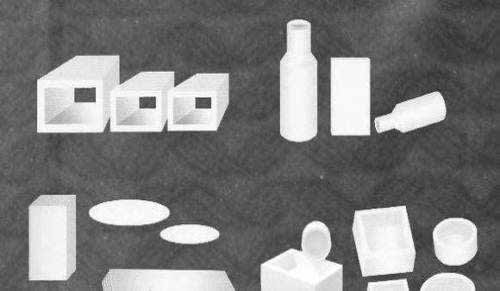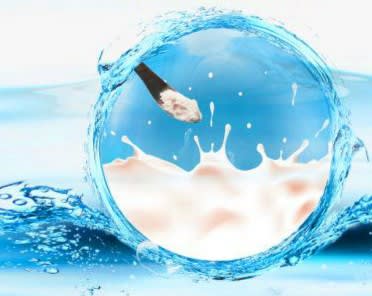While you are using Zirconia products, you should know how to take care of it. There are some fact that should be known to you about the metal if you are handling it. The products made of Zirconia should be stored in a dry place. Never use a wet crucible, always pay attention to dry it naturally before using it. If you are drying the wet Zirconia crucible then ensure that the process should be slow enough.
Therefore it is significant that you should pay a little attention when you use a Zirconia product. The necessary tips if followed well can enhance the life of your Zirconia products. It has been seen that Zirconia coil products are most fragile in nature. So careful handling is necessary. Always avoid a collision during the process of unpacking, handling, transportation as well as cleaning. Pay attention to identify if any micro-cracks present before using zirconia products. Any product with a micro-crack is not advised to be used. Only put that much material at one time in your zirconia crucibles which can get proper heating. Overloading the crucibles will only result in uneven heating. To minimize the thermal shock of the vessel it is mandatory to maintain a slow ramp rate as well as a sluggish cooling rate.

There may be a possibility that if the crucible is taken immediately out of the direct furnace right away from a high temperature it may cause a crack. So take proper care while you are handling the crucible in a higher temperature. Make sure that the vessel can only be removed from the heat while the temperature is below 100°C.
Uneven heating of the Zirconia crucibles can cause a crack. So do not use it for heating through torch or furnaces where you cannot control the temperature change rate. It is suggested that if you are using an induction furnace to heat the crucible then it should be surrounded through zirconia powder.
However, all the above tips and information is only a guide. The main intention of the topic is to warn you about the behavior of the metal. The metal may behave in a different way depending on its operating technique. The novice users may get benefitted with the help of the tips and advice, while the experienced users, can become more efficient if they follow it seriously. However, this guide is not the final end-all of information.
For more information about Zirconia and other advanced materials, please visit http://www.samaterials.com/
Therefore it is significant that you should pay a little attention when you use a Zirconia product. The necessary tips if followed well can enhance the life of your Zirconia products. It has been seen that Zirconia coil products are most fragile in nature. So careful handling is necessary. Always avoid a collision during the process of unpacking, handling, transportation as well as cleaning. Pay attention to identify if any micro-cracks present before using zirconia products. Any product with a micro-crack is not advised to be used. Only put that much material at one time in your zirconia crucibles which can get proper heating. Overloading the crucibles will only result in uneven heating. To minimize the thermal shock of the vessel it is mandatory to maintain a slow ramp rate as well as a sluggish cooling rate.

There may be a possibility that if the crucible is taken immediately out of the direct furnace right away from a high temperature it may cause a crack. So take proper care while you are handling the crucible in a higher temperature. Make sure that the vessel can only be removed from the heat while the temperature is below 100°C.
Uneven heating of the Zirconia crucibles can cause a crack. So do not use it for heating through torch or furnaces where you cannot control the temperature change rate. It is suggested that if you are using an induction furnace to heat the crucible then it should be surrounded through zirconia powder.
However, all the above tips and information is only a guide. The main intention of the topic is to warn you about the behavior of the metal. The metal may behave in a different way depending on its operating technique. The novice users may get benefitted with the help of the tips and advice, while the experienced users, can become more efficient if they follow it seriously. However, this guide is not the final end-all of information.
For more information about Zirconia and other advanced materials, please visit http://www.samaterials.com/














